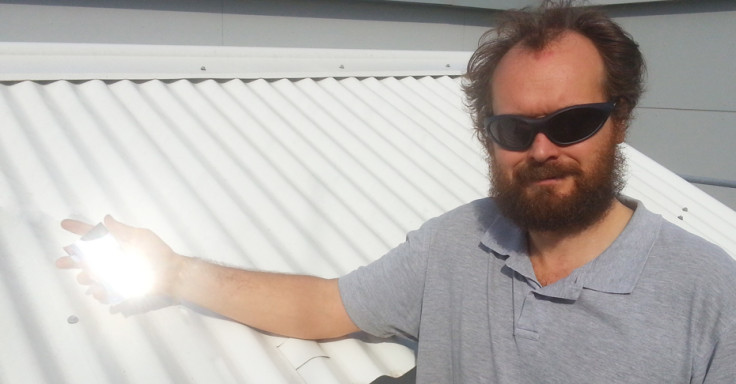New roof material keeps buildings super cool by reflecting back most sunlight

A new material made of available polymers and a silver layer can cut down heat absorbed by buildings drastically.
The polymer stack developed by scientists at the University of Technology Sydney (UTS) keeps the roof cooler than the air around it and provides 11 degrees C more cooling than other cool roofing materials.
Even white roofs absorb sunlight to warm up buildings by 9 degrees Celsius to 12 degrees Celsius.
The new material, developed by the team led by Angus Gentle and Geoff Smith from UTS, absorbs only 3% of incident sunlight, while also radiating heat at infrared wavelengths.
The method works even under the most intense summer conditions, says the team.
The researchers also discovered that the coating worked at the same level of efficiency even when covered with dust and grime.
"Much of the world's population lives in warm climates. Keeping a roof cool saves energy and makes building interiors comfortable in summer. If enough roofs in a precinct are kept cool then the local climate can also be beneficially influenced," Smith said.
The work has been supported by an Australian Research Council Discovery Project grant.
The paper, "A Sub-ambient Open Roof Surface Under the Mid-summer Sun", is published online on Advanced Science.
Heat island effect
The roof stack would be ideal to reduce heat island effect in cities and reduce reliance on air conditioning systems.
A high concentration of heat-retaining concrete and bitumen in high-rise structures sees cities turning warmer than the rural areas by more than a couple of degrees.
Evaporative cooling to keep building surface temperature down using stored rainwater on special roof coatings have shown that temperatures can be cut by as much as 12°C, says Gizmag.
In 2012, ETH Zurich researchers built special mats that soak up rainwater and then sweat it out in the heat to cool the building. The Japanese too have developed a material based on the way bamboo mats have been used to cool the insides of rooms.
According to the US Department of Energy, 40% to 60% of the energy used in industrial and commercial facilities is consumed through HVAC systems. Air conditioning alone can increase a building's energy consumption and associated carbon emissions by up to 100%, calculates the Carbon Trust.
Ways to reduce the load on air conditioning systems, including efficiency improvements and passive cooling techniques can help reduce energy demand a lot.
© Copyright IBTimes 2025. All rights reserved.





















